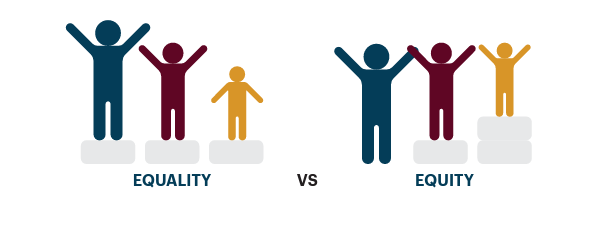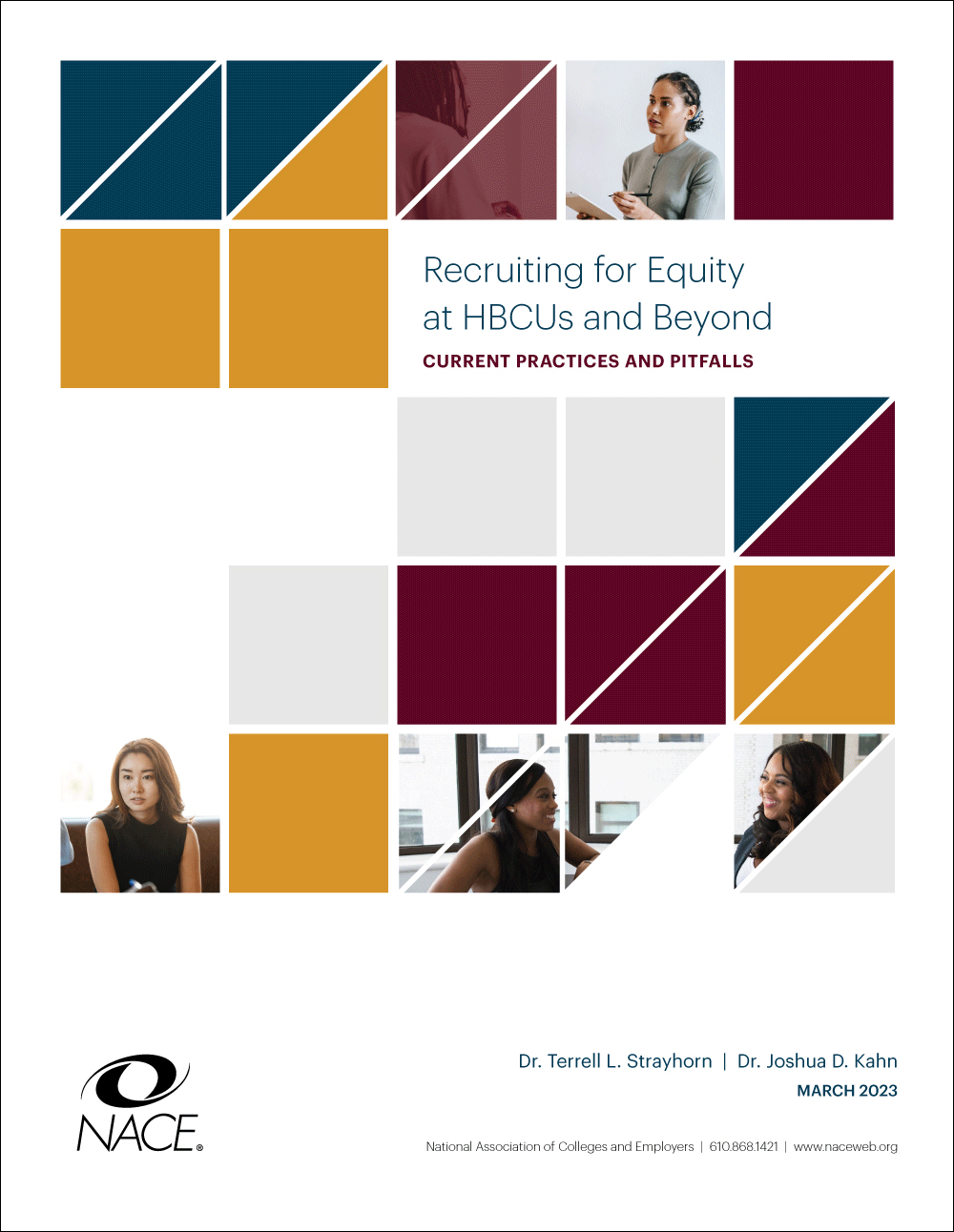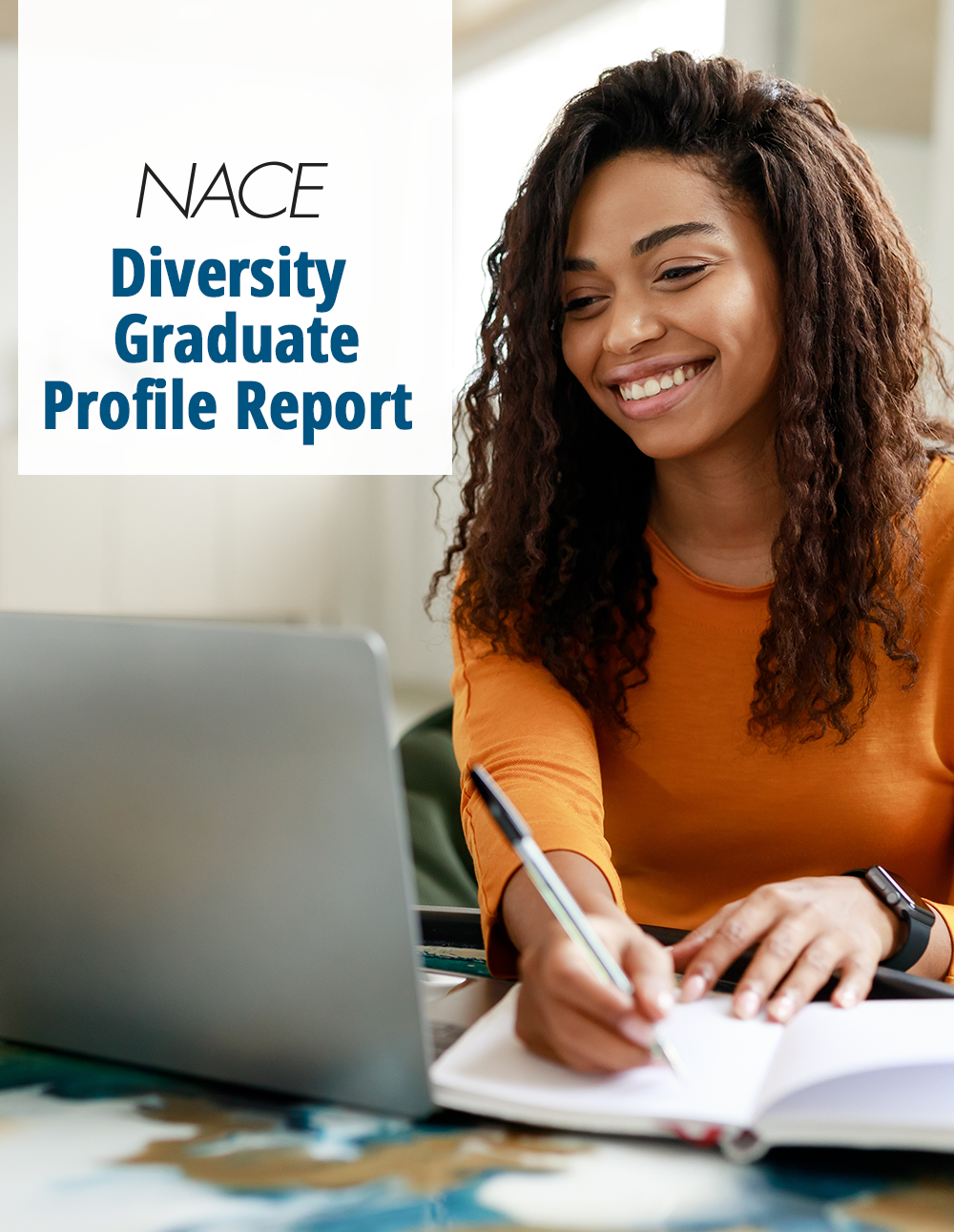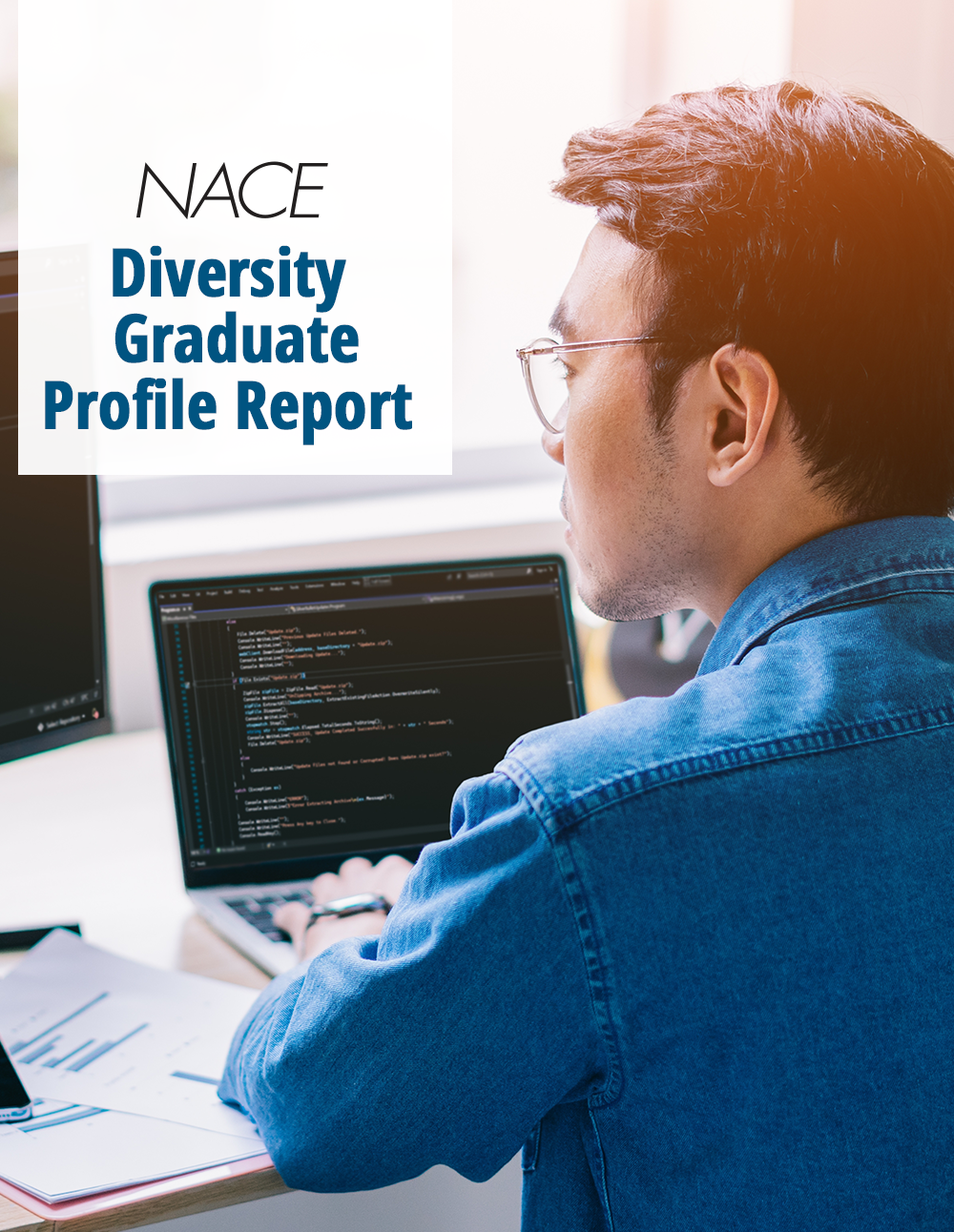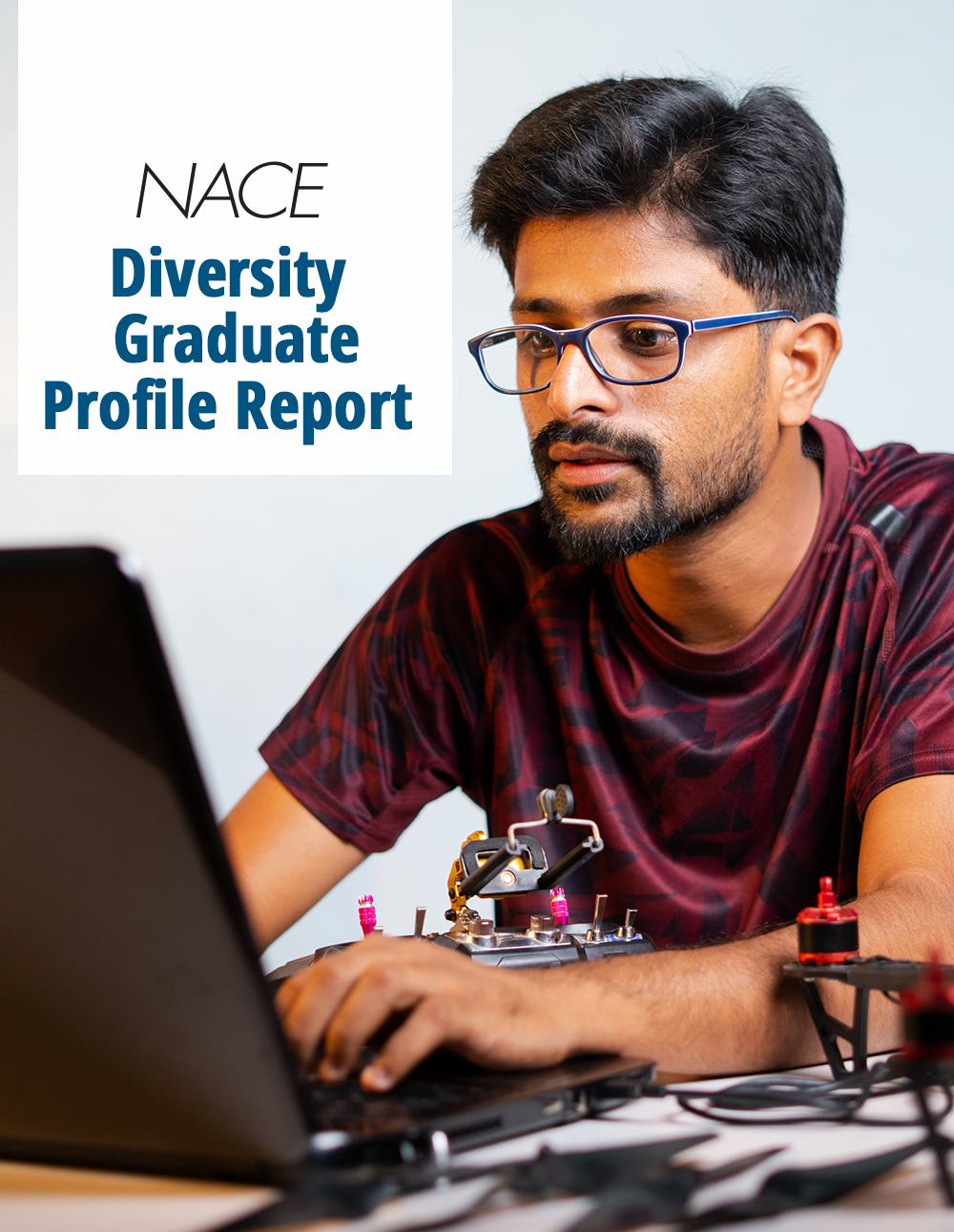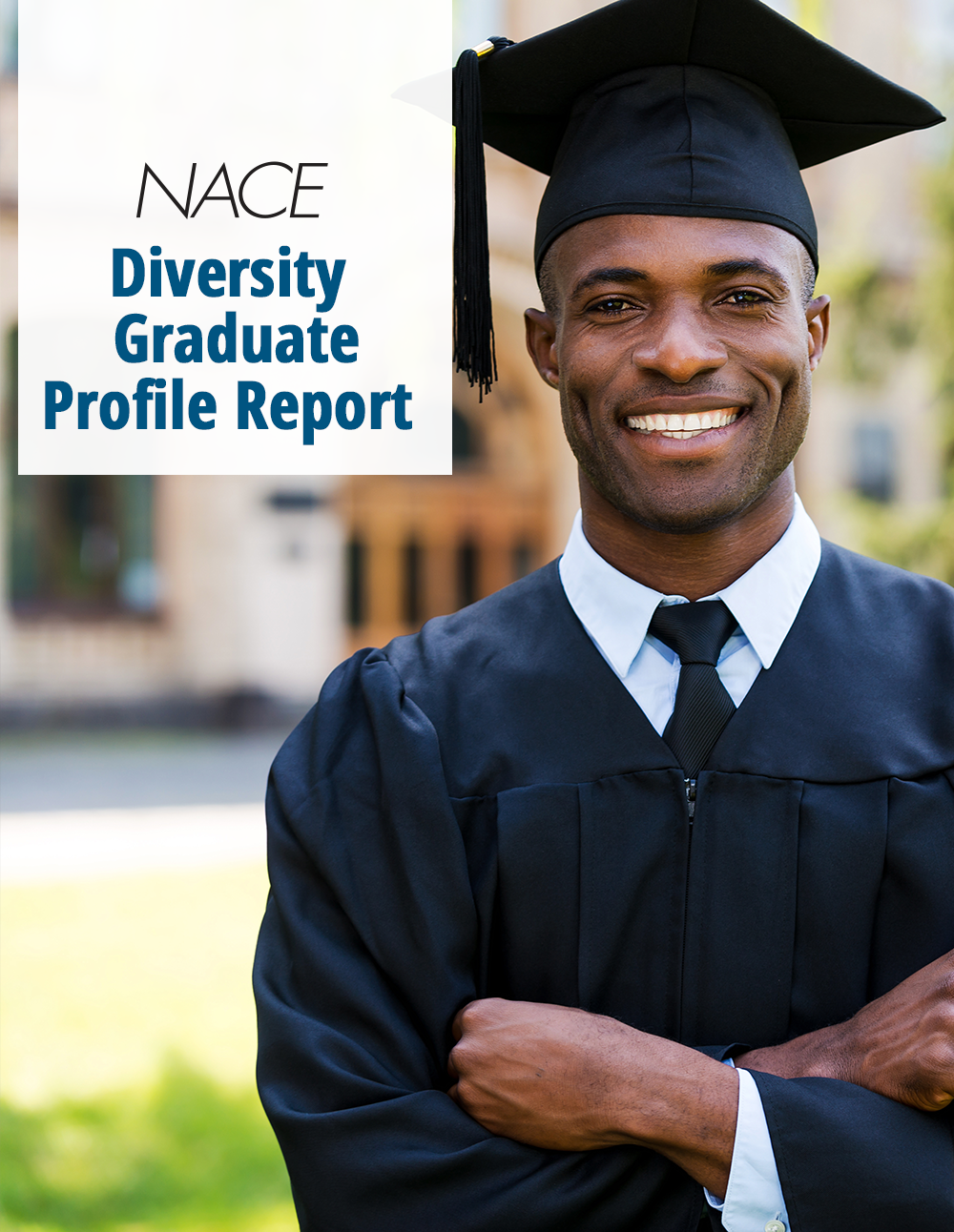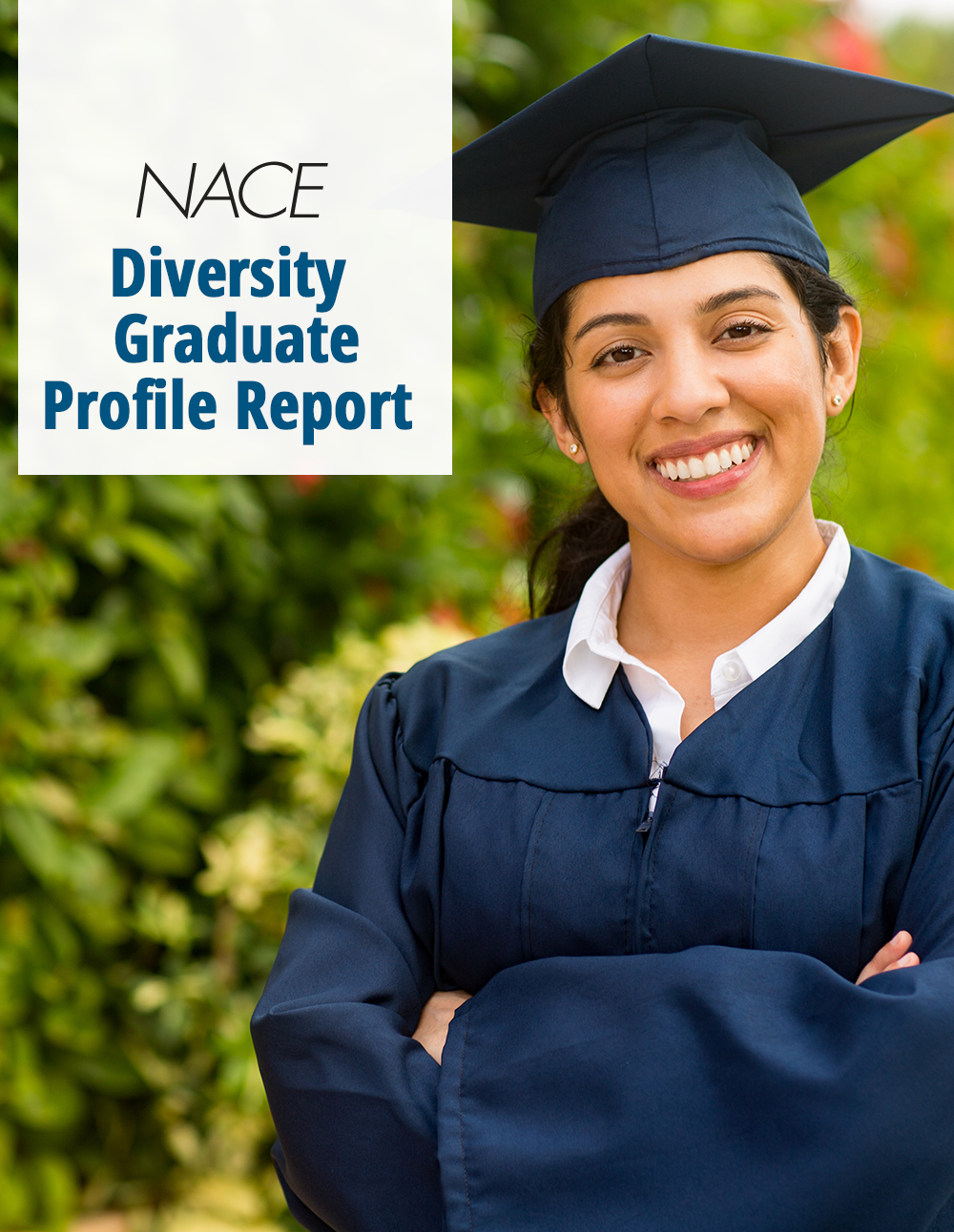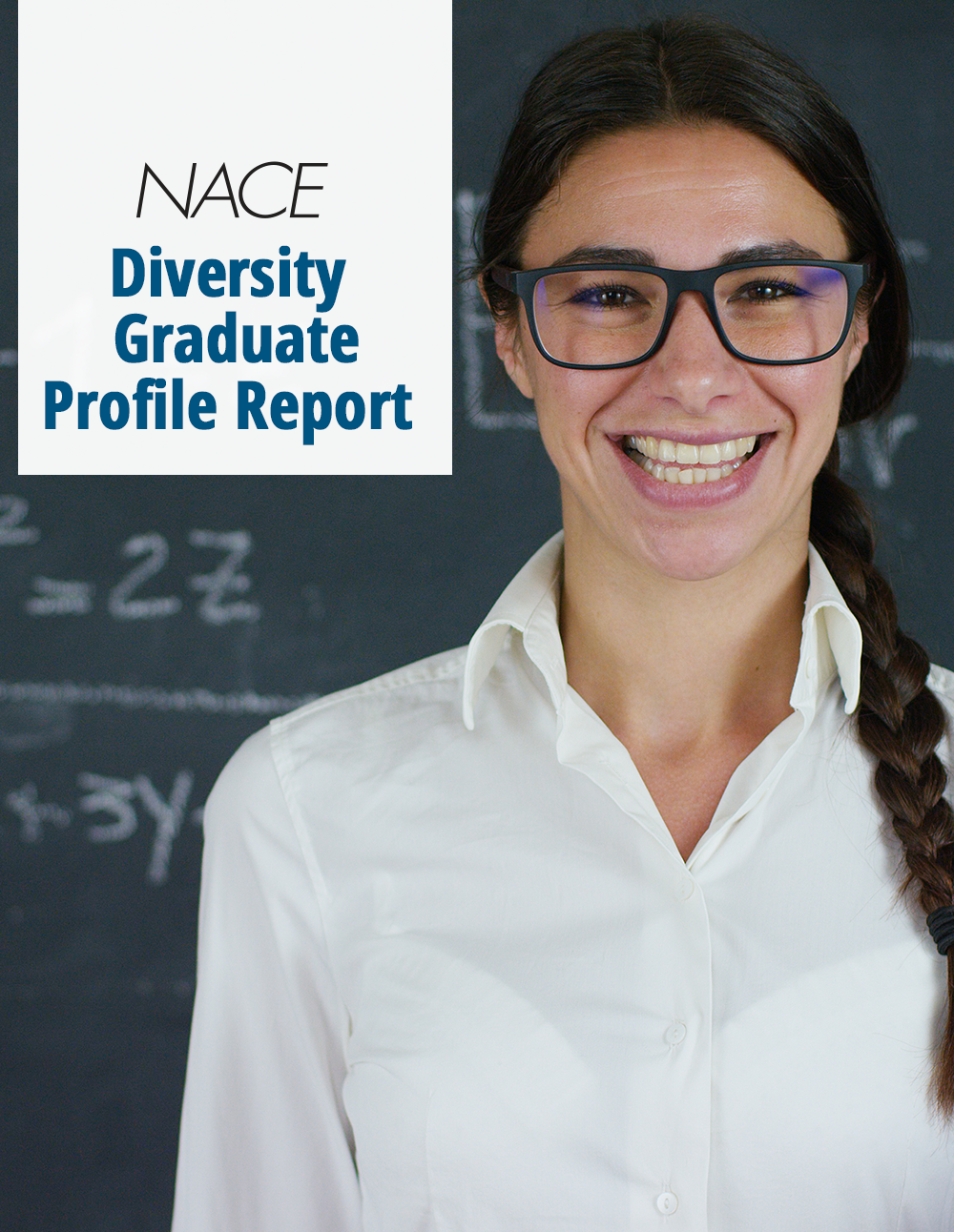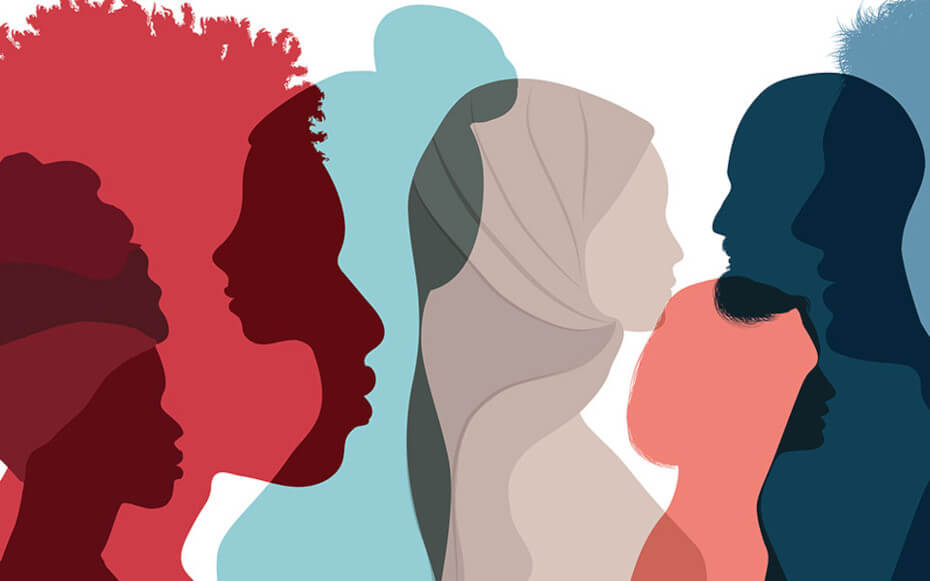Spotlight for Career Services Professionals
Spotlight for Recruiting Professionals
Nearly nine of 10 organizations responding to NACE survey report that they have a diversity recruiting strategy for the Class of 2021, according to NACE’s Job Outlook 2021 report.
This is the second highest level in recent years. (See Figure 1.)
For the Class of 2021, nearly all respondents with diversity strategies will focus on hiring African-Americans. Women and Hispanic-Americans will also be highly pursued, with nearly nine in 10 respondents directing their diversity strategies toward them. (See Figure 2.)
More than three-quarters of respondents plan to focus on specific schools and organizations to aid in their diversity recruiting efforts. Among the employers that will use specific schools and organizations, more than four out of five will work with Historically Black Colleges and Universities (HBCUs), and more than half expect to work with the National Society of Black Engineers and/or the Society of Hispanic Professional Engineers to assist in their diversity recruiting efforts. (See Figure 3.)
The Job Outlook survey is a forecast of hiring intentions of employers as they relate to new college graduates. Each year, the National Association of Colleges and Employers (NACE) surveys its employer members about their hiring plans and other employment-related issues to project the market for new college graduates for the current class and to assess a variety of conditions that may influence that market. Data for the Job Outlook 2021 survey were collected from July 27, 2020, through September 11, 2020. This year, NACE not only surveyed 931 of its employer members, but it also surveyed 2,368 nonmember employer organizations. A total of 227 surveys were returned; 158 were NACE members and the remaining 69 were nonmembers. The Job Outlook 2021 report is available in MyNACE.
Figure 1: Percent of employers with a diversity recruiting strategy: 2017 – 2021*
| Recruiting Class | |
|---|---|
| 2021 | |
| Percent of Respondents | 87.2% |
| 2020 | |
| Percent of Respondents | NA |
| 2019 | |
| Percent of Respondents | 82.1% |
| 2018 | |
| Percent of Respondents | 88.0% |
| 2017 | |
| Percent of Respondents | 80.3% |
| Recruiting Class | Percent of Respondents |
|---|---|
| 2021 | 87.2% |
| 2020 | NA |
| 2019 | 82.1% |
| 2018 | 88.0% |
| 2017 | 80.3% |
Figure 2: Prioritized groups within diversity recruiting strategies: 2017 – 2021
| African-Americans | |
|---|---|
| 2017 | 94.4% |
| 2018 | 93.9% |
| 2019 | 93.6% |
| 2020* | --- |
| 2021 | 94.8% |
| Women | |
| 2017 | 90.1% |
| 2018 | 89.9% |
| 2019 | 94.3% |
| 2020* | --- |
| 2021 | 89.0% |
| Hispanic-Americans | |
| 2017 | 84.0% |
| 2018 | 88.5% |
| 2019 | 86.4% |
| 2020* | --- |
| 2021 | 87.2% |
| Military veterans | |
| 2017 | 75.3% |
| 2018 | 70.9% |
| 2019 | 71.4% |
| 2020* | --- |
| 2021 | 62.2% |
| Multiracial | |
| 2017 | --- |
| 2018 | --- |
| 2019 | 56.4% |
| 2020* | --- |
| 2021 | 61.0% |
| Asian-Americans | |
| 2017 | 51.9% |
| 2018 | 52.7% |
| 2019 | 56.4% |
| 2020* | --- |
| 2021 | 54.7% |
| Native Americans | |
| 2017 | 45.1% |
| 2018 | 44.6% |
| 2019 | 49.3% |
| 2020* | --- |
| 2021 | 51.7% |
| LGBTQIA | |
| 2017 | 46.9% |
| 2018 | 54.7% |
| 2019 | 48.6% |
| 2020* | --- |
| 2021 | 51.7% |
| Students with disabilities | |
| 2017 | 50.6% |
| 2018 | 52.0% |
| 2019 | 50.7% |
| 2020* | --- |
| 2021 | 46.5% |
| 2017 | 2018 | 2019 | 2020* | 2021 | |
|---|---|---|---|---|---|
| African-Americans | 94.4% | 93.9% | 93.6% | --- | 94.8% |
| Women | 90.1% | 89.9% | 94.3% | --- | 89.0% |
| Hispanic-Americans | 84.0% | 88.5% | 86.4% | --- | 87.2% |
| Military veterans | 75.3% | 70.9% | 71.4% | --- | 62.2% |
| Multiracial | --- | --- | 56.4% | --- | 61.0% |
| Asian-Americans | 51.9% | 52.7% | 56.4% | --- | 54.7% |
| Native Americans | 45.1% | 44.6% | 49.3% | --- | 51.7% |
| LGBTQIA | 46.9% | 54.7% | 48.6% | --- | 51.7% |
| Students with disabilities | 50.6% | 52.0% | 50.7% | --- | 46.5% |
Figure 3: Schools/organizations used in diversity recruiting: 2017 – 2021
| Historically Black Colleges and Universities | |
|---|---|
| 2017 | 83.5% |
| 2018 | 96.5% |
| 2019 | 97.8% |
| 2020* | --- |
| 2021 | 82.3% |
| National Society of Black Engineers (NSBE) | |
| 2017 | --- |
| 2018 | --- |
| 2019 | --- |
| 2020* | --- |
| 2021 | 71.4% |
| Society of Hispanic Professional Engineers (SHPE) | |
| 2017 | --- |
| 2018 | --- |
| 2019 | --- |
| 2020* | --- |
| 2021 | 50.3% |
| Hispanic-Serving Institutions | |
| 2017 | 33.0% |
| 2018 | 41.2% |
| 2019 | 37.6% |
| 2020* | --- |
| 2021 | 38.8% |
| Other | |
| 2017 | 24.3% |
| 2018 | 19.2% |
| 2019 | 29.9% |
| 2020* | --- |
| 2021 | 31.3% |
| National Action Council for Minorities in Engineering (NACME) | |
| 2017 | --- |
| 2018 | --- |
| 2019 | --- |
| 2020* | --- |
| 2021 | 18.4% |
| Society of Asian Scientists and Engineers (SASE) | |
| 2017 | --- |
| 2018 | --- |
| 2019 | --- |
| 2020* | --- |
| 2021 | 16.3% |
| Women-Only Colleges | |
| 2017 | 18.3% |
| 2018 | 22.4% |
| 2019 | 19.4% |
| 2020* | --- |
| 2021 | 15.0% |
| INROADS | |
| 2017 | 17.4% |
| 2018 | 28.2% |
| 2019 | 16.1% |
| 2020* | --- |
| 2021 | 14.3% |
| American Indian Science and Engineering Society (AISES) | |
| 2017 | --- |
| 2018 | --- |
| 2019 | --- |
| 2020* | --- |
| 2021 | 12.9% |
| Society of Mexican American Engineers and Scientists (Latinos in Science and Engineering) | |
| 2017 | --- |
| 2018 | --- |
| 2019 | --- |
| 2020* | --- |
| 2021 | 8.8% |
| Society for the Advancement of Chicanos/Hispanics and Native Americans in Science (SACNAS) | |
| 2017 | --- |
| 2018 | --- |
| 2019 | --- |
| 2020* | --- |
| 2021 | 6.8% |
| National Association of Mathematicians (NAM) | |
| 2017 | --- |
| 2018 | --- |
| 2019 | --- |
| 2020* | --- |
| 2021 | 4.8% |
| Tribal Colleges | |
| 2017 | 6.1% |
| 2018 | 4.7% |
| 2019 | 2.2% |
| 2020* | --- |
| 2021 | 4.1% |
| 2017 | 2018 | 2019 | 2020* | 2021 | |
|---|---|---|---|---|---|
| Historically Black Colleges and Universities | 83.5% | 96.5% | 97.8% | --- | 82.3% |
| National Society of Black Engineers (NSBE) | --- | --- | --- | --- | 71.4% |
| Society of Hispanic Professional Engineers (SHPE) | --- | --- | --- | --- | 50.3% |
| Hispanic-Serving Institutions | 33.0% | 41.2% | 37.6% | --- | 38.8% |
| Other | 24.3% | 19.2% | 29.9% | --- | 31.3% |
| National Action Council for Minorities in Engineering (NACME) | --- | --- | --- | --- | 18.4% |
| Society of Asian Scientists and Engineers (SASE) | --- | --- | --- | --- | 16.3% |
| Women-Only Colleges | 18.3% | 22.4% | 19.4% | --- | 15.0% |
| INROADS | 17.4% | 28.2% | 16.1% | --- | 14.3% |
| American Indian Science and Engineering Society (AISES) | --- | --- | --- | --- | 12.9% |
| Society of Mexican American Engineers and Scientists (Latinos in Science and Engineering) | --- | --- | --- | --- | 8.8% |
| Society for the Advancement of Chicanos/Hispanics and Native Americans in Science (SACNAS) | --- | --- | --- | --- | 6.8% |
| National Association of Mathematicians (NAM) | --- | --- | --- | --- | 4.8% |
| Tribal Colleges | 6.1% | 4.7% | 2.2% | --- | 4.1% |
